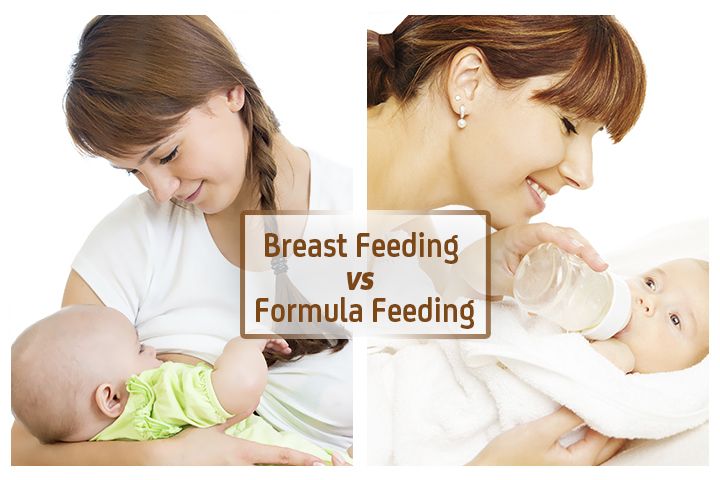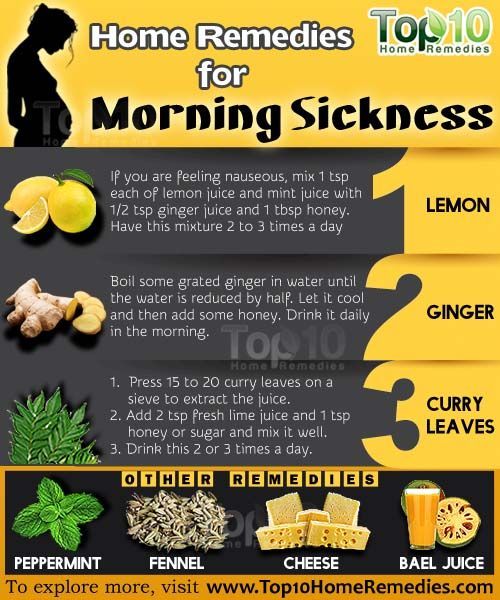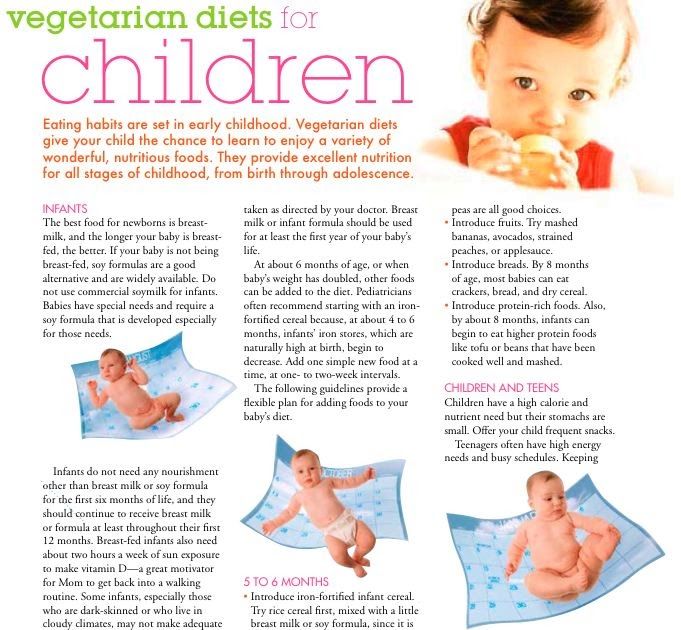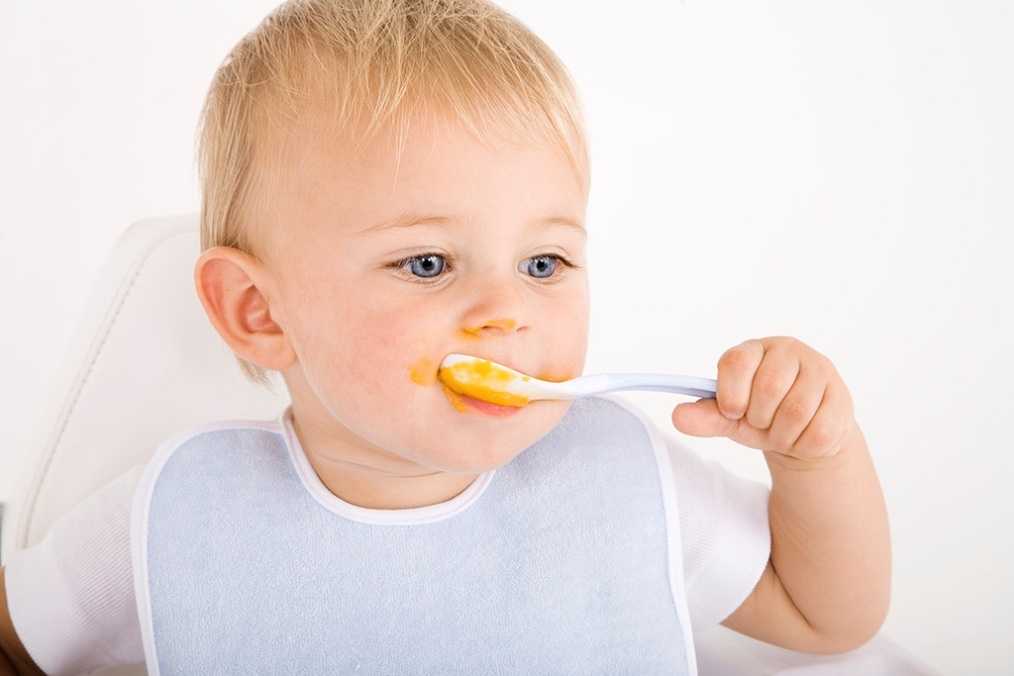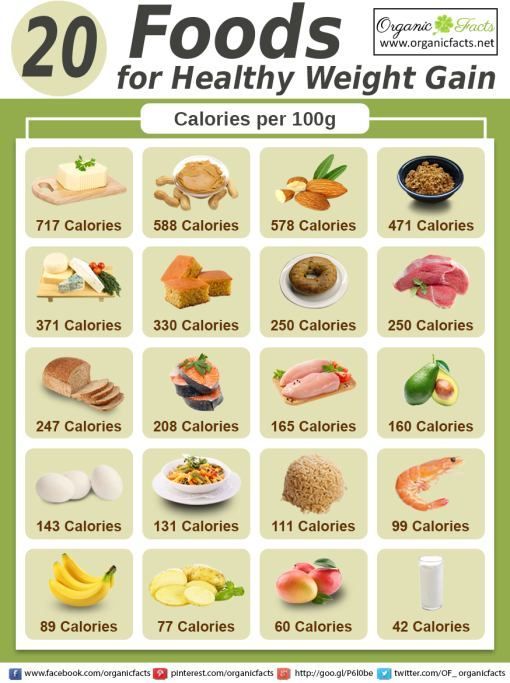What to feed a baby cottontail
What Does a Young Cottontail Rabbit Eat?
By Lee Haas | Updated September 26, 2017The eastern cottontail is the most common of the cottontail rabbits found in North American and is most widely recognized for its cottonball-like tail. Cottontails are herbivores, meaning they eat plants. They seek out habitats in fields, meadows and farms, where such food is easily found. However, they can also make themselves at home in populated areas – especially if there’s a garden nearby -- and some are domesticated and kept as pets.
Baby Cottontail Rabbits
Baby rabbits are nursed by their mothers. The mother bunny will return to the nest, typically at night, and nurse each baby cottontail for approximately five minutes, which is sufficient to provide the small rabbit with its fill. After four or five weeks, the rabbit is self-sufficient enough to find its own food.
Summer Diet of a Young Cottontail Rabbit
As herbivores, the cottontail rabbits’ diet consists solely of plants. What they eat depends on the season and what vegetation is readily available. During the summer they will each grasses, clover, herbs, fruits and vegetables, including those in your garden. As much as half of their diet may come from grasses.
Winter Diet of a Young Cottontail Rabbit
Cottontails do not hibernate, but their diet during the winter months is much less appealing. They will eat the woody parts of plants, including twigs and bark, as well as any small buds they can find. They have been known to eat birch, dogwood, maple, oak and sumac.
Domesticated Cottontail Rabbits
Rabbits are often kept as pets and can be obtained from shelters and pet stores. The House Rabbit Society recommends feeding pet cottontail rabbits a combination of pellets, hay and fresh vegetables. The young cottontail can be weaned off of pellets as it ages. As for vegetables, a combination of dark leafy vegetables, root vegetables and those of varying colors are best.
Abandoned Cottontail Rabbits
If you have determined that a wild baby cottontail rabbit has been abandoned -- it’s often hard to tell since the mother may only visit the nest at night -- it’s best to contact a skilled animal rehabilitator. If the bunny is domesticated, it’s possible to feed it a special rabbit milk formula. However, consult with an expert for types and amounts.
References
- National Geographic: Cottontail Rabbit
- House Rabbit Society: Caring for Orphans
- New Hampshire Public Television: Eastern Cottontail
- Penn State University: The Virtual Nature Trail at Penn State New Kensington: Species Pages: Cottontail
- House Rabbit Society: FAQ: Diet
- House Rabbit Society: FAQ: Orphaned Baby Bunnies
Photo Credits
Writer Bio
Lee Haas has been freelance writing for eight years and has been published on eHow.com, educhoices.com, education-portal. com and in "Parent to Parent" magazine. Lee specializes in writing about education programs and careers. She holds a Bachelor of Arts in journalism from the University of Iowa.
com and in "Parent to Parent" magazine. Lee specializes in writing about education programs and careers. She holds a Bachelor of Arts in journalism from the University of Iowa.
Do You Know What to Feed a Wild Baby Rabbit?
Written by The Rabbit Hole Hay Team
Let’s start with the basics about rabbits in general. Baby rabbits are only fed from their mother a few minutes a day. A mother’s milk is packed with the necessary nutrients that feeding once is more than enough for the little bun.
The feeding normally occurs at night to help protect the babies. The mother rabbit can be seen away from the nest during the day which is why it is important to leave babies in nests alone unless you are confident that the mother has either abandoned the nest for good or has died. So needing to take care of a wild baby rabbit is rare, very rare.
Orphaned Baby Bunnies: Wild
So what do wild baby rabbits eat when they don’t have their mother giving them their nutrient packed milk? Rabbit. org provides this information on what to feed an orphaned wild baby rabbit until you are able to take them to a wild rabbit rescue.
org provides this information on what to feed an orphaned wild baby rabbit until you are able to take them to a wild rabbit rescue.
Feeding Of True Orphans
Age + Amount (This WILL vary SO MUCH depending on type of rabbit. It is impossible over the Internet to see your particular rabbit, so this is only approximate.) Use KMR kitten or KMR kitten plus Goat milk, regular not low fat. Add a pinch of acidophilus (aka Probiotic) to the formula to promote healthy gut flora. Formulas vary depending on region. Avoid Esbilac and any puppy formulas! FEED TWICE A DAY ONLY for healthy babies. It may be easiest to start with a 3 cc/ml syringe or an eyedropper. Feed only with the bunny sitting UPRIGHT, and point syringe down towards bottom or side of mouth, so if too much comes out, the baby does not aspirate. At first, they may only take a few drops at one feeding until they are not stressed and used to this.
- Newborn to One Week: 2 – 2+1/2 cc/ml each feeding (two feedings per day).

- 1-2 weeks: 5-7 cc/ml each feeding (two feedings per day). (depending on bunny..may be much LESS if smaller rabbit!) Newborn babies (if eyes closed) all need to be stimulated to urinate and defecate prior to or following feeding until their eyes open. (Except Jackrabbits do not). *See how to below.
- 2-3 weeks: 7-13 cc/ml each feeding (two feedings). Domestic eyes open at about 10 days of age. Start introducing them to timothy and oat hay, pellets and water (always add fresh greens for wild ones).
- 3-6 weeks: 13-15 cc/ml each feeding (two feedings–again, may be LESS depending on size of rabbit! A cottontail/brush bunny will take so much less!! Half this at most.) Cottontails wean and release about 3-4 weeks and jackrabbits much later (9+ weeks), whereas domestic rabbits are 6 weeks.
- 6 weeks-9weeks for Jackrabbits only, continue up to 9 weeks with formula, gradually changing to a dish for the warm formula, replacing the formula after 9 weeks slowly with a a dish of cup-up tiny banana or apple pieces.

To read more on how to take care of an orphaned rabbit, read the full article from here.
A wild rabbit’s diet varies on the temperature they are living in. When the temperature is warmer, their diet consists of: clover, flowers, grasses and other plants that grow in that temperature. When the temperature is cooler, their diet becomes more sparse including: twigs, bark and remaining greens. Sounds very different from the Timothy Hay and Orchard Grass that a domesticated rabbit might eat right?
Not sure if your momma rabbit is feeding your new baby rabbits? Do you need to know how to feed your baby rabbits by yourself? Download our Human's Guide to Feeding Baby Rabbits to learn about what to look for in your baby rabbits, feeding techniques, a feeding schedule and more! We pride ourselves on supporting a community of small pet owners who care deeply about providing happy and healthy lifestyles for their pets.
What to feed rabbits for rapid growth?
Rabbit breeding is a popular area of agriculture.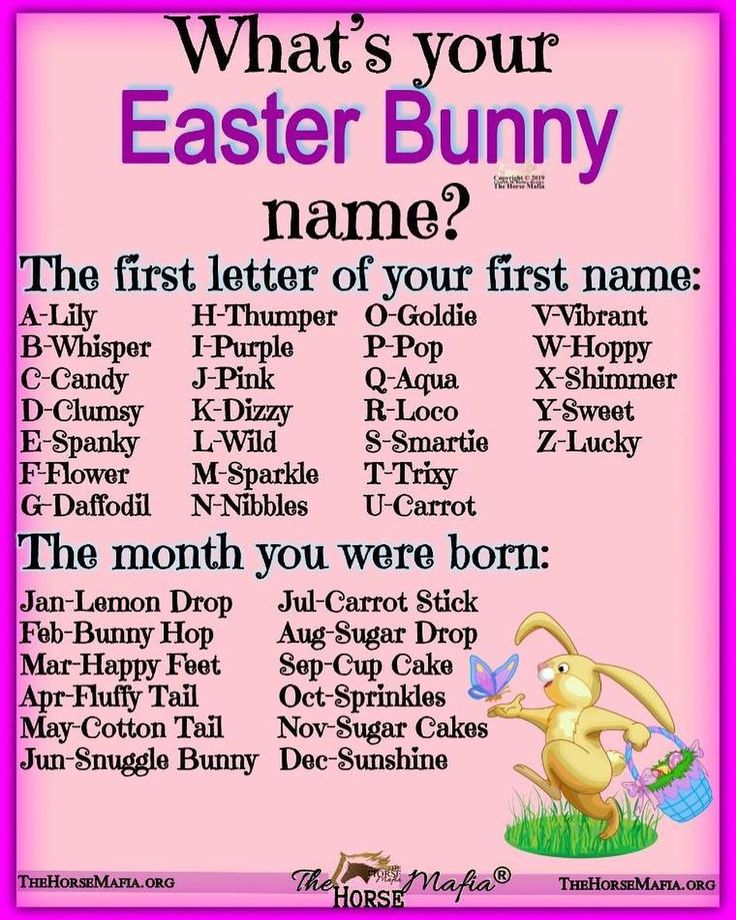 Among modern farmers, this direction is rapidly gaining momentum. However, in order for rabbit breeding to be profitable, animals must actively develop and gain weight. Expected gains are demonstrated by animals that receive a balanced nutrition. What to feed rabbits for rapid growth, every farmer should know.
Among modern farmers, this direction is rapidly gaining momentum. However, in order for rabbit breeding to be profitable, animals must actively develop and gain weight. Expected gains are demonstrated by animals that receive a balanced nutrition. What to feed rabbits for rapid growth, every farmer should know.
What can be fed to rabbits?
The diet of rabbits bred for meat includes:
- fresh grass,
- hay and branch fodder,
- legumes,
- bran, meal and cake,
- boiled vegetables and green leaves,
- concentrated feed.
If a novice farmer still doubts what to feed rabbits and how to properly compose a complete diet, it is enough to trust professional developments in the form of compound feed. All vital elements in the required proportions are present in the complete feed for rabbits PZK-94, which provides the physiological need of the rabbit's body for nutrients and, as a result, contributes to the full growth and development. It is enough to introduce fresh grass into the diet of young animals, which is replaced with hay and root crops in winter, and use a balanced compound feed daily. As a result, animals will receive the nutrition they need to quickly gain weight.
It is enough to introduce fresh grass into the diet of young animals, which is replaced with hay and root crops in winter, and use a balanced compound feed daily. As a result, animals will receive the nutrition they need to quickly gain weight.
Growth factors
For effective breeding, experienced rabbit breeders use additional methods to stimulate animal growth:
- Grouping of animals by age and physical activity. In this case, stronger animals will not leave weak relatives without food, preventing their development;
- Free space limitation. For meat breeding, small cages are used that limit the mobility of animals;
- Regular filling of the feeder, which should not be empty;
- Shading the animal area, as rabbits are nocturnal animals and prefer to feed in the dark.
If, despite the use of high-quality food, the animals do not gain weight, it is necessary to check the room for drafts and high humidity, clean the cage regularly, and maintain a drinking regime. To exclude diseases in animals, it is important to vaccinate in a timely manner.
To exclude diseases in animals, it is important to vaccinate in a timely manner.
What should not be fed to rabbits?
Do not feed sour or salty foods to animals. Use freshly cut grass with caution, it is best to keep it in the sun for a while, otherwise such food will cause bloating in the animals.
- Collect grass and branches in ecologically clean areas away from highways;
- Thoroughly clean root crops and remove spoiled areas;
- Limit your diet to red beets and raw potatoes.
Remember: all pets, including rabbits, must not be fed stale or rotten food. Such savings can lead to illness and death of pets.
How many times a day should rabbits be fed?
Rabbits eat a lot and often. The diet has a direct impact on rapid weight gain. Animals must constantly chew, so it is necessary to ensure that the feeder in the cage is full.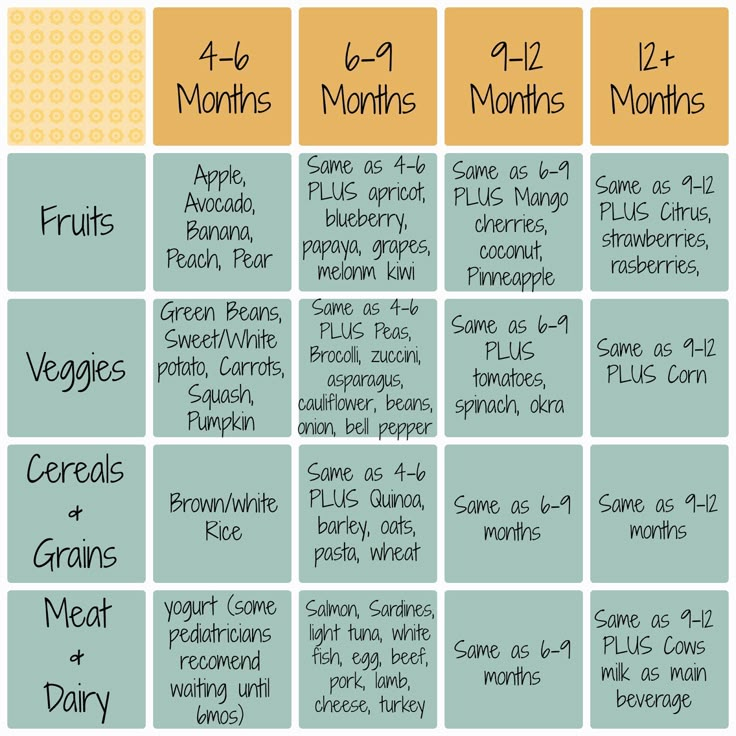 If the chewing process stops, the digestive system stops working and weight gain decreases.
If the chewing process stops, the digestive system stops working and weight gain decreases.
So how many times a day do you feed rabbits? Experts recommend bringing food into the feeders three times: in the morning, afternoon and evening. However, it is important to calculate the volumes so that the animals can chew until the next filling of the feeder. When using compound feed in the morning, rabbits need to be given half of its daily norm, in the afternoon - hay or grass, in the evening - the rest of the compound feed with root crops.
How to earn income from breeding?
Regular and nutritious feeding is essential for stable weight gain in rabbits. In addition, it is necessary to maintain a drinking regimen and hygiene in the cells. What to feed rabbits for rapid growth, the specialists of the Glazovsky feed mill know. Specially developed compound feed for rabbits from GKZ is the best solution to this issue.
Compound feed of the manufacturer is designed to meet the needs of animals in a certain period of life (for young rabbits for fattening, lactating females, females during the absence period). They help to optimize the diet in terms of protein, fat, vitamins, fiber and other nutritional components and ensure rapid productive growth. The profitability of breeding rabbits will be high only if all the requirements for keeping and feeding animals are met!
Related materials
- How to increase the profitability of rabbit meat production?
- Breeding rabbits at home
To articles
Rabbit
out of 10
9 out of 10
Rabbit (Rabbit) - raw clean, undecomposed meat of slaughtered rabbits with or without bones. Compared to the more popular pork, beef and lamb, rabbit meat is a dietary meat that contains a lot of highly digestible protein and nutrients, as well as little fat. A rare ingredient, considered a good source of animal protein, a healthy alternative to more common types of meat (chicken, lamb).
Compared to the more popular pork, beef and lamb, rabbit meat is a dietary meat that contains a lot of highly digestible protein and nutrients, as well as little fat. A rare ingredient, considered a good source of animal protein, a healthy alternative to more common types of meat (chicken, lamb).
Rabbit is healthy and nutritious meat, a source of many vitamins, micro- and macroelements. With age, rabbit meat changes its chemical composition. In adult animals, there is less liquid in meat; accordingly, the concentration of proteins and fats, the number and composition of various amino acids increase with age, that is, the nutritional value of the product increases.
Rabbit meat enters the feed industry raw and undergoes heat treatment for the first time during the feed production process. Therefore, it is a higher quality and less processed ingredient than meat meal.
Keep in mind that raw meat is 80-85% water, which is removed during the production of dry food. Therefore, this product provides the diet with much less concentrated animal protein. Fresh meat should not exceed 35% of the weight of the original ingredients - these are the technological features of the extruder.
Therefore, this product provides the diet with much less concentrated animal protein. Fresh meat should not exceed 35% of the weight of the original ingredients - these are the technological features of the extruder.
Fresh and raw foods
The term "raw" is added to the name of the meat of various animals, when describing certain types of fish and poultry, as well as by-products. It means that the ingredient was not heat-treated before being included in the manufacturing process, but could have been preserved by freezing or treated with preservatives.
"Fresh" - a definition that can characterize the above sources of animal protein and vegetables, fruits, berries. For meat and fish ingredients, "fresh" means that the ingredient was added to the "dough" of the food completely fresh - never frozen or treated with any preservatives, and in the case of herbal ingredients - not dried, cooked, frozen or otherwise processed.
Fresh ingredients are the most valuable of all ingredients in pet food. All raw and fresh animal ingredients contain quite a lot of water (up to about 70% of their original weight), which is evaporated during the feed manufacturing process. These fresh and raw ingredients are more often added to feed formulations as supplemental protein sources rather than as a mainstay of the feed. It is impossible to add only fresh products to the composition of dry food and get a certain “ideal” diet due to the technological features of the production of industrial diets.
All raw and fresh animal ingredients contain quite a lot of water (up to about 70% of their original weight), which is evaporated during the feed manufacturing process. These fresh and raw ingredients are more often added to feed formulations as supplemental protein sources rather than as a mainstay of the feed. It is impossible to add only fresh products to the composition of dry food and get a certain “ideal” diet due to the technological features of the production of industrial diets.
Unfortunately, when translating formulations from English into Russian, some manufacturers shamelessly add these words, especially the explanation "fresh", to the names of those ingredients that they want to embellish for advertising purposes. Agree, on the list of ingredients, “fresh chicken” looks more attractive than just “chicken”.
You can understand whether fresh or raw ingredients are in the diet by comparing the Russian and English ingredients on the package. The word for “fresh” in English is “fresh”, and the word for “raw” (occurs, by the way, less often) in English is “raw”. If you see one of these words in the Russian composition, especially in the name of the first five ingredients, we urge you to ask how this component is indicated in the English composition. Found inconsistencies? Write to us, tell us what you found, send photos of the compositions, and together we can help manufacturers to maintain accuracy and not make mistakes in Russian translations anymore.
If you see one of these words in the Russian composition, especially in the name of the first five ingredients, we urge you to ask how this component is indicated in the English composition. Found inconsistencies? Write to us, tell us what you found, send photos of the compositions, and together we can help manufacturers to maintain accuracy and not make mistakes in Russian translations anymore.
Food containing the ingredient rabbit
Add to compare
Bozita Feline Rabbit
Gearbox class
Four plus
40
Overall rating
Overall food rating out of 55 possible points, including bonuses and penalties
5
Penalty
Add to compare
Berkley Kitten Menu №1 Rabbit & Berries
Gearbox class
Four plus
33
Overall rating
Overall food rating out of 55 possible points, including bonuses and penalties
Add to compare
Nuevo Adult Cat Chicken & Rabbit
Gearbox class
Four plus
33
Overall rating
Overall food rating out of 55 possible points, including bonuses and penalties
Add to compare
Sheba Pleasure - slices in beef and rabbit sauce
Gearbox class
"Hard middling"
30
Overall rating
Overall food rating out of 55 possible points, including bonuses and penalties
Add to compare
Berkley Adult Cat Menu №5 Rabbit & Berries
Gearbox class
"Hard middling"
28
Overall rating
Overall rating of the food out of 55 possible points, including bonuses and penalties
Add to compare
Animonda Carny Kitten Rind, Huch + Kaninchen
Gearbox class
"Hard middling"
27
Overall rating
Overall food rating out of 55 possible points, including bonuses and penalties
Add to compare
Gina Adult Cat Rabbit & Rice
Gearbox class
"Hard middling"
26
Overall rating
Overall food rating out of 55 possible points, including bonuses and penalties
Add to compare
Darsi Sensitive Dog "Rabbit and Quail"
Gearbox class
“Hard mid”
25
Overall rating
Total feed rating out of 55 possible points, including bonuses and penalties
Add to Compare
"Good Owner" - food "Gentle Rabbit" for dogs
Gearbox class
“Hard mid”
25
Overall rating
Overall food rating out of 55 possible points, including bonuses and penalties
Add to compare
LiveRa Cat Adult Large
Gearbox class
"Hard middling"
24
Overall rating
Total food rating out of 55 possible points, including bonuses and penalties
Show full list
Dehydrated rabbit meat
Dried Rabbit, Dehydrated Rabbit
Ingredient Type: Meat and Dehydrated Rabbit
Other Names: Dehydrated Rabbit Meat, Dried Rabbit Meat, Dehydrated Rabbit Meat
8 of 10
8 of 10
Dehydrated (dehydrated) rabbit meat, or dried rabbit meat - dried pieces of rabbit tissue that are not suitable for human consumption. Ideally, raw meat and skin trimmings from the carcasses of slaughtered rabbits should be used as raw materials for this ingredient - without wool, heads, entrails and legs.
Ideally, raw meat and skin trimmings from the carcasses of slaughtered rabbits should be used as raw materials for this ingredient - without wool, heads, entrails and legs.
During the manufacture of dehydrated rabbit meat, moisture and much of the fat is removed, leaving a concentrated source of animal protein and minerals. There is no limit to the amount of dehydrates (dry foods) that can be added to prepared feeds. Given high-quality raw materials, this component is a completely reasonable alternative to the dried chicken, turkey or lamb that we are used to.
Dehydrated rabbit meat is very similar in composition to Rabbit (see above).
Feed containing the ingredient dehydrated rabbit meat
Add to compare
Natural Greatness Cat & Kitten Top Mountain Grain Free Hypoallergenic
CAT class
Elite in a bowl
45
Overall rating
Overall food rating out of 55 possible points, including bonuses and penalties
5
Bonus
Add to comparison
Optima Nova Adult Cat Rabbit & Potato Grain Free Hypoallergenic
CAT class
Elite in a bowl
42
Overall rating
Overall food rating out of 55 possible points, including bonuses and penalties
5
Bonus
Add to comparison
Canagan Country Game Cat Duck, Venison & Rabbit Grain Free
Gearbox class
Four plus
39
Overall score
Overall rating of the food out of 55 possible points, including bonuses and penalties
5
Bonus
Add to Compare
Canagan Country Game Dog Duck, Venison & Rabbit Grain Free
Gearbox class
Four plus
38
Overall score
Overall food rating out of 55 possible points, including bonuses and penalties
Add to compare
Grandorf Adult All Breeds 4 Meat & Brown Rice Hypoallergenic
Gearbox class
Four plus
36
Overall rating
Overall food rating out of 55 possible points, including bonuses and penalties
Add to compare
Grandorf Adult Dog All Breeds Rabbit & Sweet Potato Hypoallergenic Grain Free
Gearbox class
Four plus
36
Overall score
Overall rating of the food out of 55 possible points, including bonuses and penalties
Add to Compare
Grandorf Adult Mini 4 Meat & Brown Rice Hypoallergenic
Gearbox class
Four plus
36
Overall score
Overall food rating out of 55 possible points, including bonuses and penalties
Add to compare
Grandorf Cat Indoor 4 Meat & Brown Rice Hypoallergenic
Gearbox class
"Four plus"
36
Total score
Overall food rating out of 55 possible points, including bonuses and penalties
Add to compare
Grandorf Adult Cat Sterilized Rabbit & Brown Rice Hypoallergenic
Gearbox class
Four plus
35
Overall rating
Total feed rating out of 55 possible points, including bonuses and penalties
5
Penalty
Add to Compare
Grandorf Adult Cat Sterilized 4 Meat & Brown Rice Hypoallergenic
Gearbox class
Four plus
32
Overall score
Total feed rating out of 55 possible points, including bonuses and penalties
Show all list
Fresh rabbit meat
Fresh Rabbit, Fresh Rabbit Meat
Ingredient type: Meat and derivatives
10 out of 10
10 out of 10
Fresh rabbit meat is a dietary component of diets for dogs and cats, a valuable source of quality animal protein.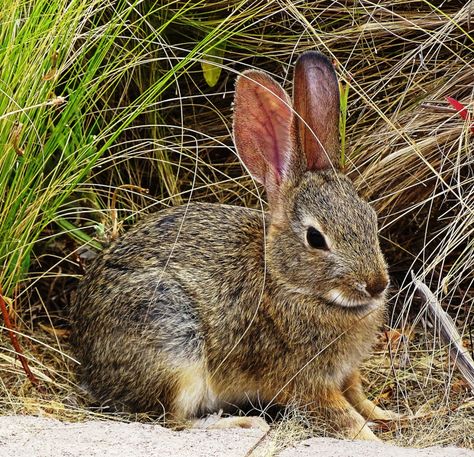 In terms of its nutritional properties, this component is similar to the Rabbit ingredient (see above), but is a higher quality product. The manufacturer specifies that the rabbit meat was added to the “dough” of the feed exactly fresh, that is, it was not frozen or processed with special preservatives.
In terms of its nutritional properties, this component is similar to the Rabbit ingredient (see above), but is a higher quality product. The manufacturer specifies that the rabbit meat was added to the “dough” of the feed exactly fresh, that is, it was not frozen or processed with special preservatives.
It must be understood that fresh meat, like raw meat, cannot exceed 35% (of the total mass of components) in the feed. This is due to the technological limitations of the extruder.
Fresh and raw foods
The term "raw" can be added to the name of the meat of various animals, when describing certain types of fish and poultry, as well as offal. It means that the ingredient was not heat-treated before being included in the manufacturing process, but could have been preserved by freezing or treated with preservatives.
"Fresh" - a definition that can characterize the above sources of animal protein and vegetables, fruits, berries. For meat and fish ingredients, "fresh" means that the ingredient was added to the "dough" of the food completely fresh - never frozen or treated with any preservatives, and in the case of herbal ingredients - not dried, cooked, frozen or otherwise processed.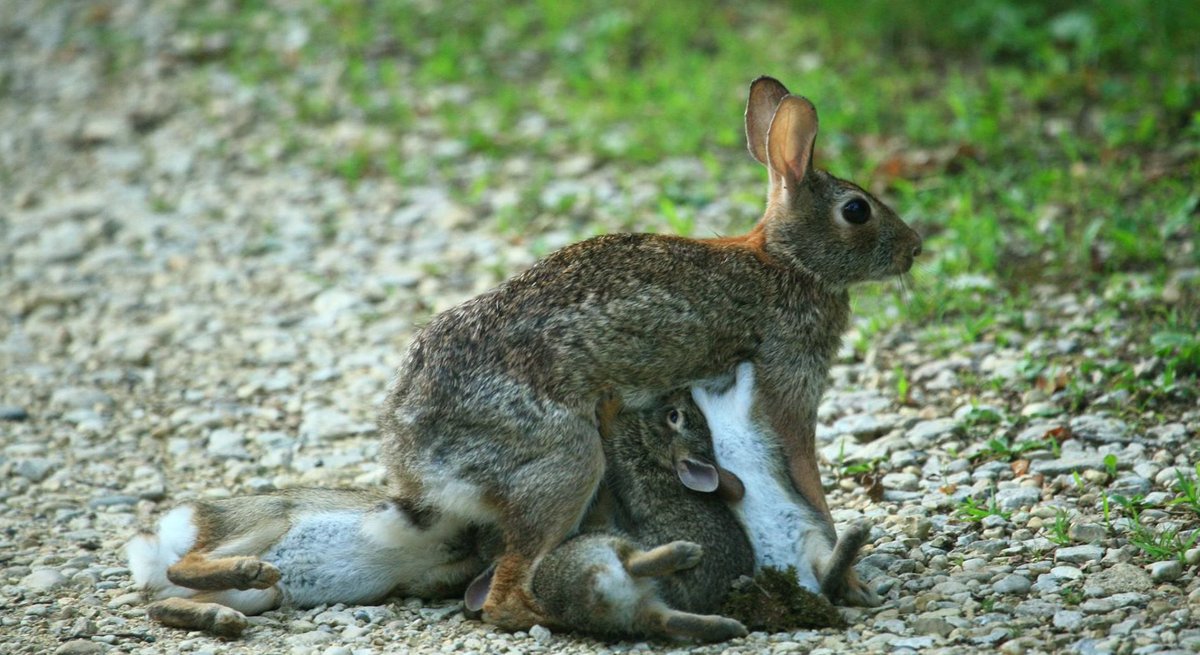
Fresh ingredients are the most valuable of all ingredients in pet food. All raw and fresh animal ingredients contain quite a lot of water (up to about 70% of their original weight), which is evaporated during the feed manufacturing process. These fresh and raw ingredients are more often added to feed formulations as supplemental protein sources rather than as a mainstay of the feed. It is impossible to add only fresh products to the composition of dry food and get a certain “ideal” diet due to the technological features of the production of industrial diets.
Unfortunately, when translating formulations from English into Russian, some manufacturers shamelessly add these words, especially the explanation "fresh", to the names of those ingredients that they want to embellish for advertising purposes. Agree, on the list of ingredients, “fresh chicken” looks more attractive than just “chicken”.
You can understand whether fresh or raw ingredients are in the diet by comparing the Russian and English ingredients on the package. The word for “fresh” in English is “fresh”, and the word for “raw” (occurs, by the way, less often) in English is “raw”. If you see one of these words in the Russian composition, especially in the name of the first five ingredients, we urge you to ask how this component is indicated in the English composition. Found inconsistencies? Write to us, tell us what you found, send photos of the compositions, and together we can help manufacturers to maintain accuracy and not make mistakes in Russian translations anymore.
The word for “fresh” in English is “fresh”, and the word for “raw” (occurs, by the way, less often) in English is “raw”. If you see one of these words in the Russian composition, especially in the name of the first five ingredients, we urge you to ask how this component is indicated in the English composition. Found inconsistencies? Write to us, tell us what you found, send photos of the compositions, and together we can help manufacturers to maintain accuracy and not make mistakes in Russian translations anymore.
Food containing the ingredient fresh rabbit meat
Add to compare
Natural Greatness Cat & Kitten Top Mountain Grain Free Hypoallergenic
CAT class
Elite in a bowl
45
Overall rating
Overall food rating out of 55 possible points, including bonuses and penalties
5
Bonus
Add to comparison
Optima Nova Adult Cat Rabbit & Potato Grain Free Hypoallergenic
CAT class
Elite in a bowl
42
Overall rating
Overall food rating out of 55 possible points, including bonuses and penalties
5
Bonus
Add to comparison
Optima Nova Adult Dog Digestive Rabbit & Potato Grain Free
Gearbox class
Four plus
40
Overall rating
Overall rating of the food out of 55 possible points, including bonuses and penalties
5
Bonus
Add to Compare
Grandorf Adult Dog All Breeds Rabbit & Sweet Potato Hypoallergenic Grain Free
Gearbox class
Four plus
36
Overall score
Overall food rating out of 55 possible points, including bonuses and penalties
Add to compare
Grandorf Adult Cat Sterilized Rabbit & Brown Rice Hypoallergenic
Gearbox class
Four plus
35
Overall score
Total feed rating out of 55 possible points, including bonuses and penalties
5
Penalty
Show all list
Hydrolyzed rabbit meat
Hydrolysed Rabbit Meat
Ingredient Type: Hydrolysed Animal Proteins
Other Names: Hydrolysed Rabbit Meat, Hydrolyzed Rabbit
3 out of 10
3 of 10
Hydrolyzed rabbit meat is much less common in dog and cat food than hydrolyzed chicken, liver or fish protein. But the essence of adding this component is the same - to improve the taste and smell of dry food. Probably, there is very little rabbit hydrolyzate in the diet - just enough for the animal to “smell” it and find the food attractive.
But the essence of adding this component is the same - to improve the taste and smell of dry food. Probably, there is very little rabbit hydrolyzate in the diet - just enough for the animal to “smell” it and find the food attractive.
Objectively, this product is also a source of animal protein, but only deeply processed. You can read more about what the hydrolysis process is in the description of a similar component - hydrolyzed chicken meat.
Of course, the rabbit hydrolyzate wins over the "unnamed" hydrolysates of proteins or by-products, the raw material of which is not indicated, especially since the manufacturer emphasized that he made the component from the animal's muscle tissue.
Protein hydrolyzate
Protein hydrolyzate is obtained by the hydrolysis of fish or meat by-products treated with specific enzymes or acids, which breaks down the animal protein into peptides and free amino acids. Proteins are subjected to hydrolysis for their better assimilation. After the hydrolysis process itself, the resulting product is evaporated at low temperature under vacuum, making the solution more concentrated or completely drying it. Since hydrolysates are better and faster absorbed by the body, they are often used in veterinary diets and in food for allergic animals.
After the hydrolysis process itself, the resulting product is evaporated at low temperature under vacuum, making the solution more concentrated or completely drying it. Since hydrolysates are better and faster absorbed by the body, they are often used in veterinary diets and in food for allergic animals.
Feed containing the ingredient hydrolyzed rabbit meat
Add to compare
Natural Greatness Cat & Kitten Top Mountain Grain Free Hypoallergenic
CAT class
Elite in a bowl
45
Overall rating
Overall food rating out of 55 possible points, including bonuses and penalties
5
Bonus
Add to comparison
Optima Nova Adult Cat Rabbit & Potato Grain Free Hypoallergenic
CAT class
Elite in a bowl
42
Overall rating
Overall food rating out of 55 possible points, including bonuses and penalties
5
Bonus
Add to comparison
Optima Nova Adult Dog Digestive Rabbit & Potato Grain Free
Gearbox class
Four plus
40
Overall rating
Overall rating of the food out of 55 possible points, including bonuses and penalties
5
Bonus
Dehydrated rabbit protein
Dehydrated Rabbit Proteins
Ingredient Type: Animal Protein Extracts
Other Names: Dehydrated Rabbit Proteins
5 out of 10
5 out of 10
This is a highly processed ingredient, a concentrated source of animal protein.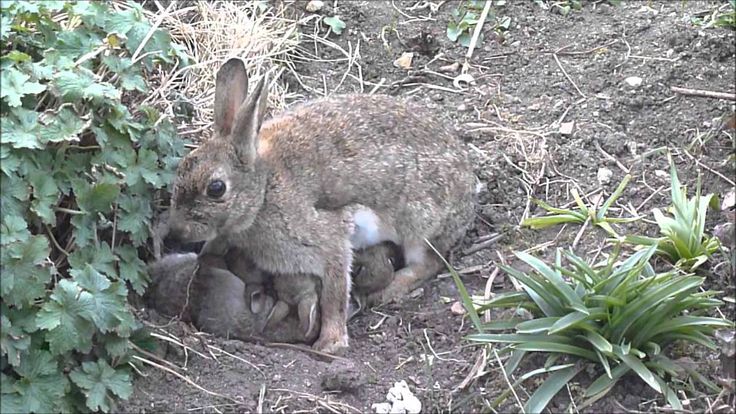 We rate it lower than just rabbit meat - dried or, moreover, fresh meat. Firstly, a number of useful substances are lost in the process of hydrolysis and drying. And secondly, it is not entirely clear from which parts of the rabbit carcass the protein was extracted - most likely from the least valuable, perhaps from skins, bones with remnants of meat, heads, entrails.
We rate it lower than just rabbit meat - dried or, moreover, fresh meat. Firstly, a number of useful substances are lost in the process of hydrolysis and drying. And secondly, it is not entirely clear from which parts of the rabbit carcass the protein was extracted - most likely from the least valuable, perhaps from skins, bones with remnants of meat, heads, entrails.
To extract protein, meat and bone raw materials are first boiled for a long time, then, using a special technology, moisture and fat are removed (there are very few of them left). The product looks like meat meal, cream-colored powder. The difference between this component and other rabbit dehydrates is that here the protein concentration reaches 90%, and the rest is fat, minerals and moisture. The ash content of this component is not commented on by the feed manufacturer, and it is not possible to find out how much bone raw material was sent for the production of this protein.
Manufacturers sometimes use dehydrated animal proteins to improve the overall protein content of the feed. In addition, the component has the properties of an emulsifier, absorbs excess moisture from the environment and can improve the consistency of the feed. The fact that the manufacturer specifies that the proteins are isolated from the rabbit is, of course, a plus, but it is desirable that, in addition to this, the diet contains a better source of protein - for example, rabbit meat or some other.
In addition, the component has the properties of an emulsifier, absorbs excess moisture from the environment and can improve the consistency of the feed. The fact that the manufacturer specifies that the proteins are isolated from the rabbit is, of course, a plus, but it is desirable that, in addition to this, the diet contains a better source of protein - for example, rabbit meat or some other.
Feed containing the ingredient dehydrated rabbit protein
Add to Compare
Trainer Fitness 3 Adult Dog Mini Rabbit & Potato
Gearbox class
“Could be better”
19
Overall score
Overall rating of the food out of 55 possible points, including bonuses and penalties
Dehydrated hare meat
Dried Hare Meat
Type of ingredient: Meat and derivatives
8 out of 10
8 out of 10
This is a concentrated and rare source of animal protein.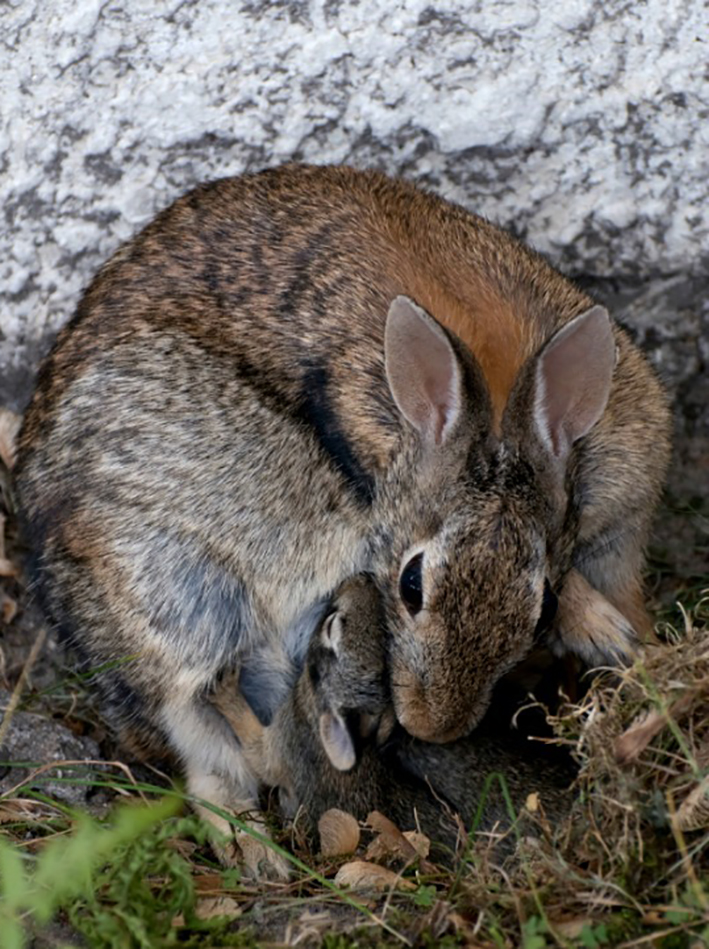 We rate it quite highly. Dried hare meat contains a large amount of easily digestible protein, which includes 19 amino acids, incl. indispensable for cats and dogs, and a small amount of fat. Judging by the name of the component, the manufacturer used boneless raw materials, in practice, these are any soft tissues of a hare, with the exception of the skin.
We rate it quite highly. Dried hare meat contains a large amount of easily digestible protein, which includes 19 amino acids, incl. indispensable for cats and dogs, and a small amount of fat. Judging by the name of the component, the manufacturer used boneless raw materials, in practice, these are any soft tissues of a hare, with the exception of the skin.
Hare meat is similar in many ways to rabbit meat, but it also has its own differences: it is more rigid, dark and fibrous, has a pronounced smell and a sweetish aftertaste. In general, the hare is considered a more useful type of meat due to the habitat and nutrition of these animals: the natural diet of hares includes tree bark, herbs, berries and root crops. In addition to protein, this component is rich in vitamins B6, B12, as well as minerals cobalt, chromium, and iron.
Feed containing the ingredient dehydrated hare meat
Add to compare
Monge BWild Adult Cat Hare Low Grain
Gearbox class
Four plus
35
Overall rating
Overall rating of the food out of 55 possible points, including bonuses and penalties
Our services
We will make an urgent feed assessment.




